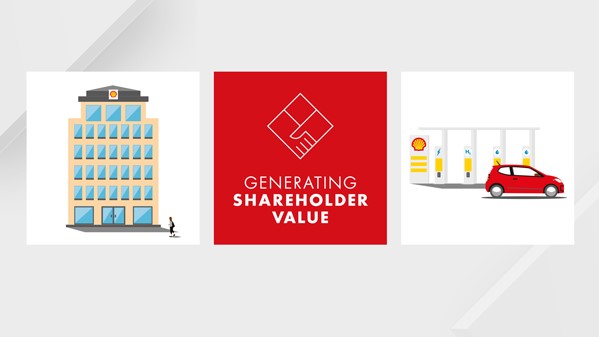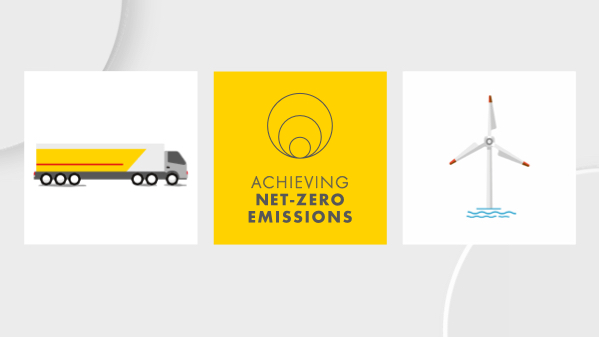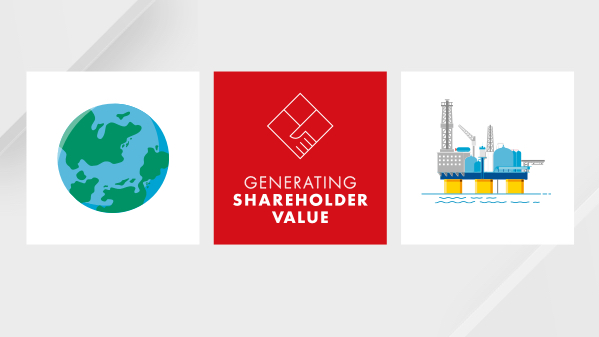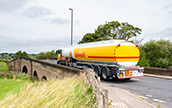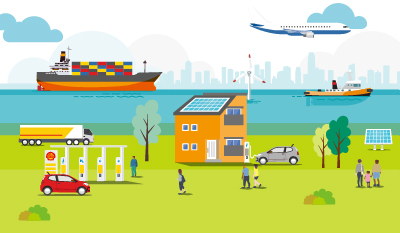Energy transition strategy
In 2021, we announced Powering Progress, our strategy to accelerate our transition to a net-zero emissions energy business, purposefully and profitably. Powering Progress aims to deliver value for our shareholders, for our customers and for wider society.
See the section “Strategy and outlook” for more information.
Our strategy aims to support the ambitious goal of the Paris Agreement
Tackling climate change is an urgent challenge. It requires a fundamental transformation of the global economy and the energy system so that society stops adding to the total amount of greenhouse gases in the atmosphere, achieving what is known as net-zero emissions. That is why Shell has set a target to become a net-zero emissions energy business by 2050, in step with society’s progress in achieving the goal of the Paris Agreement on climate change.
There is no established standard for aligning an energy supplier’s decarbonisation targets with the temperature limit goal of the Paris Agreement. In the absence of a broadly accepted standard, we developed our own approach to demonstrate Paris alignment by setting carbon intensity targets using a pathway derived from the Intergovernmental Panel on Climate Change (IPCC) scenarios aligned with the Paris Agreement’s goal. We believe our NCI and absolute emissions targets support the more ambitious goal of the Paris Agreement: to limit the increase in the average global temperature to 1.5 degrees Celsius above pre-industrial levels. It is aligned with the findings of the IPCC which concluded that the world must reach net-zero carbon emissions by around 2050 to limit global warming to 1.5 degrees Celsius and avoid the worst effects of climate change.
We determined our targets using scenarios taken from a database developed for the IPCC Special Report on Global Warming of 1.5°C. We filtered out certain outlying IPCC scenarios to ensure that Shell’s targets are aligned with earlier action, and low-overshoot scenarios. Overshoot refers to the extent to which a scenario exceeds an emissions budget and subsequently relies on sinks to compensate for the excess emissions.
Becoming a net-zero emissions energy business means that we are reducing emissions from our operations, and from the fuels and other energy products such as electricity that we sell to our customers. It also means capturing and storing any remaining emissions using technology, protecting natural carbon sinks, and providing high quality nature-based solutions to our customers to offset unavoidable emissions.
Increasing numbers of countries and companies have announced targets to achieve net-zero emissions by the middle of the century, and we are starting to see some changes in the demand and supply of energy. Achieving the 1.5 degrees Celsius goal will be challenging and require unprecedented global collaboration. The pace of change will also vary around the world.

